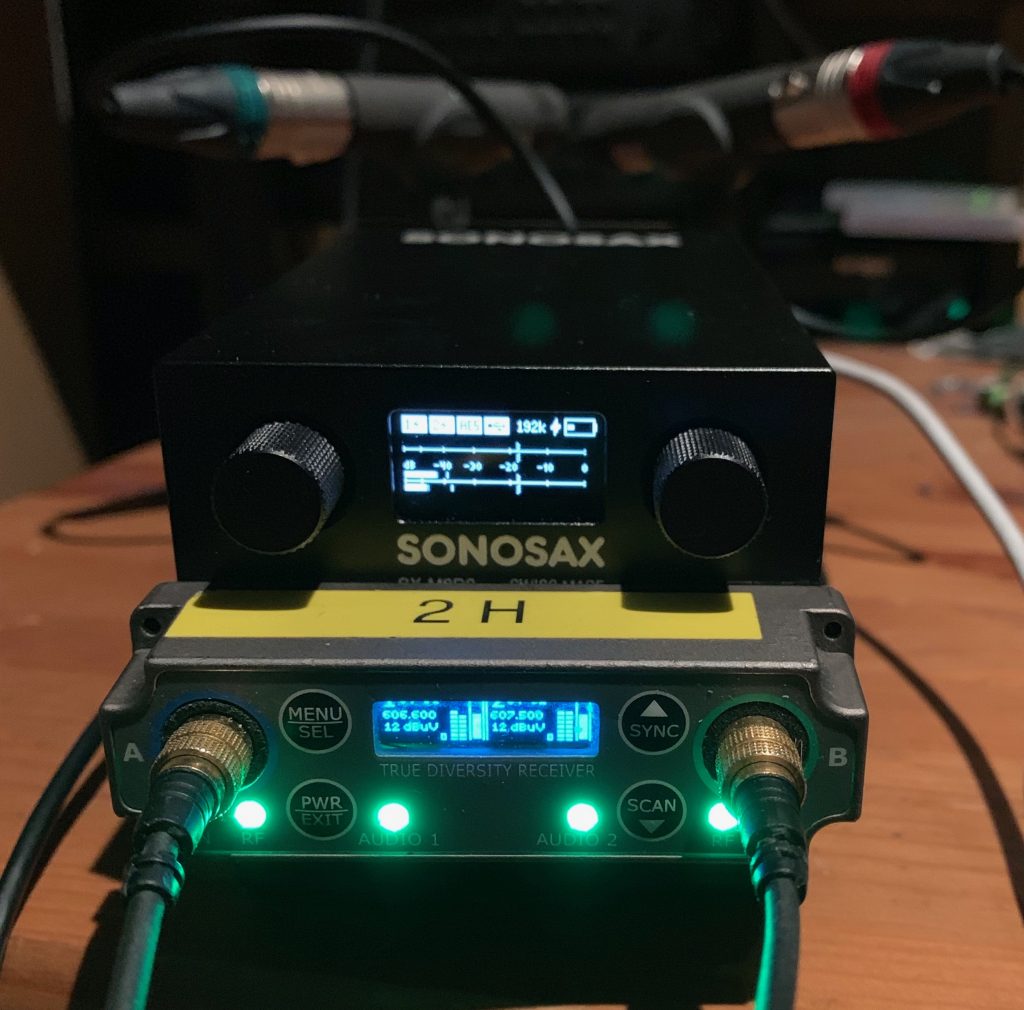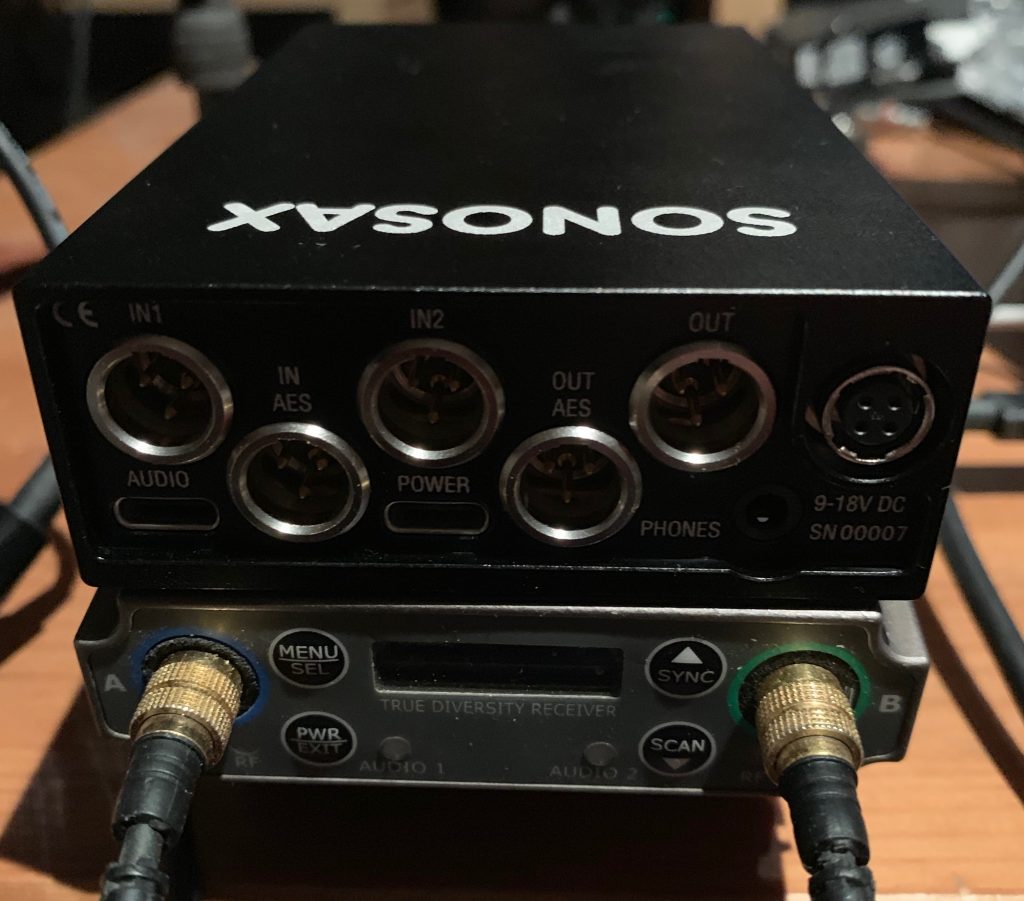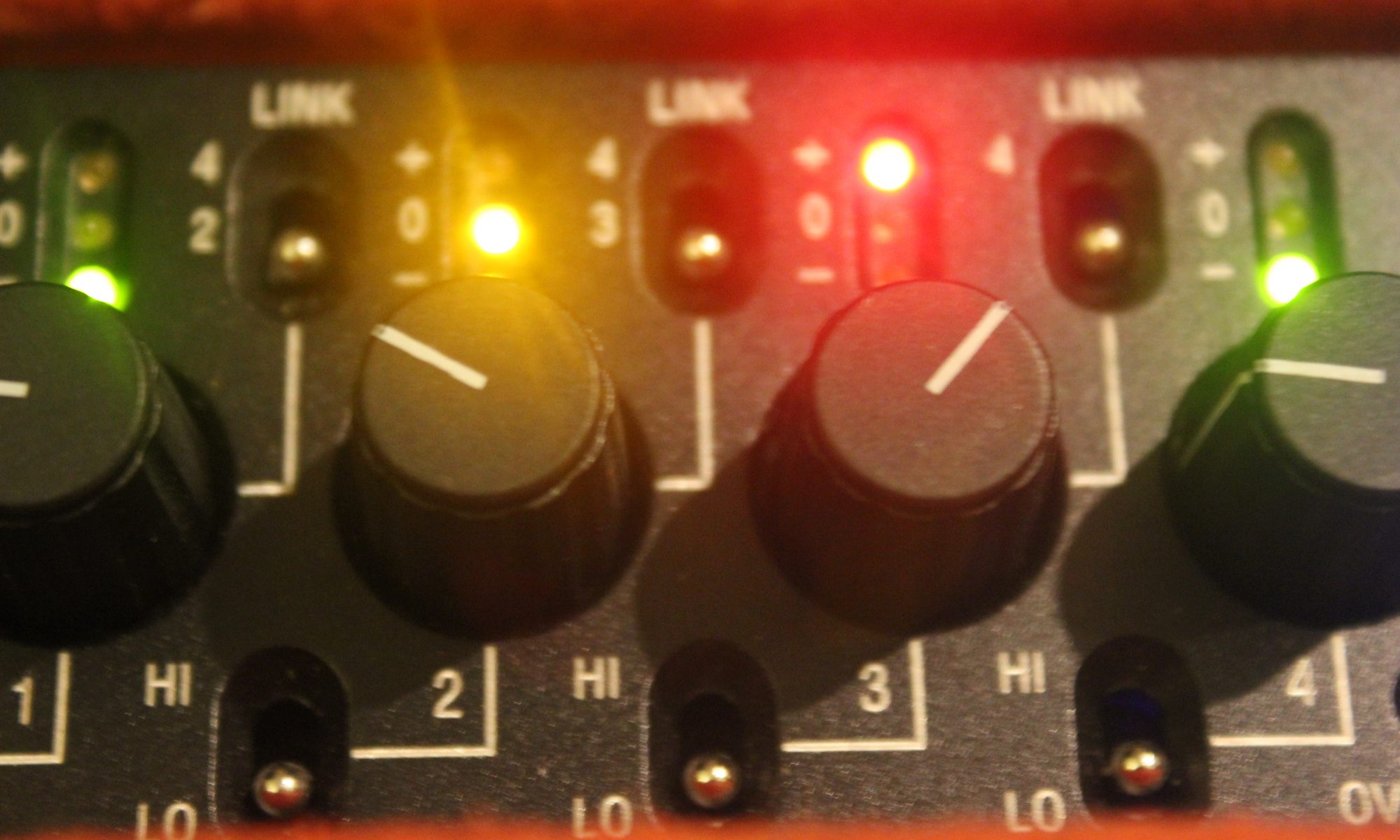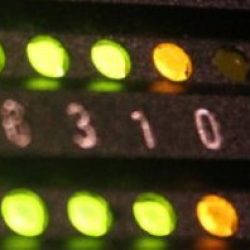Sonosax have offered me a pre-release SX-M2D2 for beta testing, I’ve had a few days to poke around it and try to find where it falls over, so this doesn’t happen in the production version.

What is it?
On the Sonosax website, it’s placed under ‘preamplifiers’. It is a 2 channel preamp, using the current R4+ / AD8+ style preamps with dual ADC, which give you a lot of clean gain. Personally, I really like Sonosax preamp design- they’re very clean and seem to add less noise than almost any other design I’ve heard. For the analogue purists, the dual ADC is an integral part of the preamplifier design, so it has to go into the digital domain. The SX-M32 or SX-M2 may be a good alternatives if you want to stay analogue and just want a preamp.
However, there are also other connections: an AES input and output, supporting both AES3 and AES42 and USB-C in and out (as a 2×2 interface) and it’ll run up to 192kHz, for fx recordists, audiophiles and bats.
There is also a 2 channel unbalanced output (on TA3) and a headphone amp, which sounds very clean and is happy driving 250ohm headphones
It’s a very small device, but feels quite weighty and sturdily built. I did have thoughts of putting it on a boompole, but it’s a bit too substantial for that.

Digital bits
This is where it gets interesting and makes it far more than just a preamp. Software-wise there’s actually quite a lot going on, there’s a full routing matrix and mixer. Knobs are assignable to a number of functions with turns, short presses and long presses. Similar thinking to how routing works in the R4+ is applied here, with inputs and outputs routed in pairs and with 4 assignable presets. Different routings are possible on all inputs and outputs, either going via the mixer or direct from inputs.
Despite the complex routing possibilities, the menus are clear and reasonably ‘flat’, only running 3 layers deep for some of the more advanced settings. They’re generally navigated with the knobs with ‘forward’ and ‘back’ with short presses and the entire screen and knobs can be flipped.

What’s it useful for?
Initially it seemed like an add on for the R4+ ecosystem, simultaneously adding 2 more preamps and analogue outs in a small box, running in and out.
It seems like a very good way for production sound mixers using other manufacturers’ equipment to get access to Sonosax sound for cabled booms, where 2 preamps is usually enough. It also allows them to get AES42 as an input- it’s also capable of adding lots of digital gain to these signals, which users of some other equipment have found lacking.
It’s a 2×2 audio interface with AES3 in and out, so allows direct digital interfacing with a computer (or even a smartphone!) for playback, processing or recording direct to the device. It can even be a very expensive headphone jack adapter, for those who demand high quality music playback on the move.
There are a few small hardware recorders which can interface over AES3 and record timecode stamped files, making a very compact additional recorder.
Phone recording
Having a bit of a look at various bits of phone recording software, I’ve found that Apogee Metarecorder for iOS is possibly the most suitable for production sound. It’ll talk to Timecode Systems’ Ultrasync Blue over bluetooth and receive accurate timecode. Cable wise, I’ve found the neater apple lightning to USB-C cable doesn’t work, but the ‘camera connection kit’ does, I think it requires a USB host port.
Powering
We have another battery system here. It’s got a single 18650 Li-Ion cell- you may not have heard of these, but they’re some of the most common batteries in the world. They’re used in NP1 and other Li-Ion battery packs, such as the 2054 format smart batteries. They’re also in a lot of e-cigarettes, so you can buy them from ‘vape shops’, which seem to be everywhere now. It’ll charge the battery over both a USB-C input or 9-18VDC in on the hirose input, so can work with both consumer phone batteries or professional sound bag distribution systems.
Field mixer?
Given the input and routing possibilities, along with being able to pair it with a recording device- I’m wondering if it could effectively be used like a 4 channel field mixer with recorder, running a pair of radio mics into the AES3 in, mixed to the right channel on the knobs and a boom on the left out. At the moment the software doesn’t quite allow this, but possibly could with a few tweaks. It would be possible to balance the unbalanced outs, and run a mono camera return to the second analogue in and route that to headphones.

